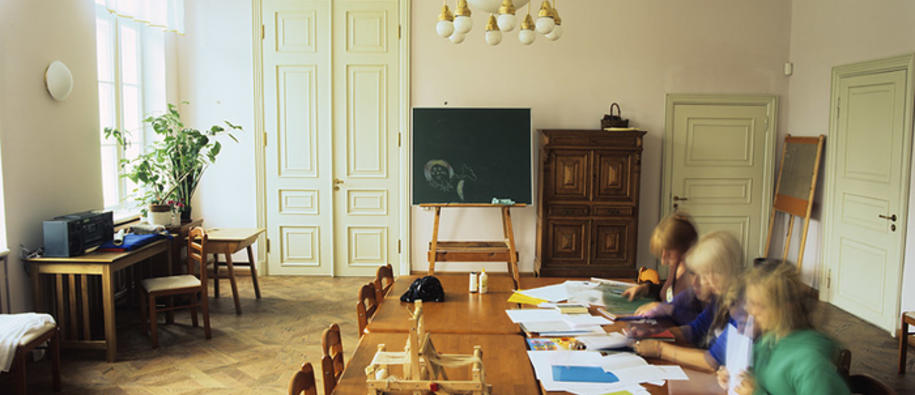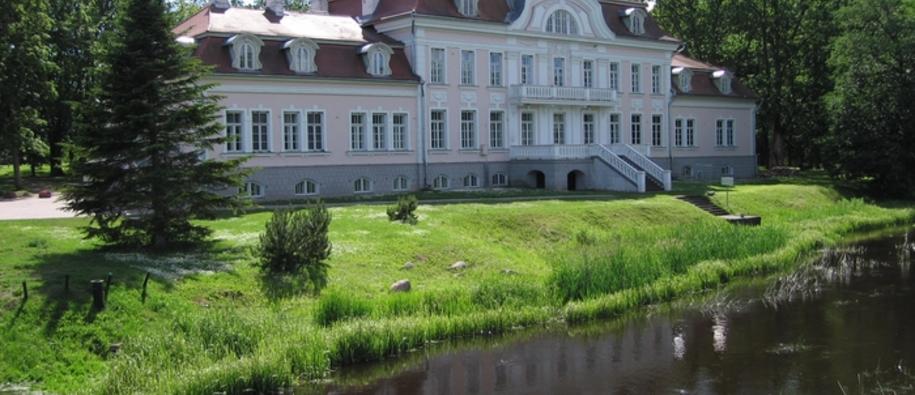In the heyday of manor houses, Estonia boasted close to 1500 of these oustanding historical monuments across the country. But, over the last century, most of the buildings fell into decay and ruin. Today only a third of the houses remain, 60 of these saved largely due to having been in use as school buildings since the establishment of the Estonian Republic in 1919.
National strategy for regional development
While the schools might have rescued the buildings from total neglect, the local municipalities never had the means to restore the often exquisite interiors and façades. The many requests for government funding prompted Estonia to launch a nation-wide programme in 2002 aimed at spurring development in the country’s rural regions through renovations and revivals of the manors as schools and community centres. Funding from Iceland, Liechtenstein and Norway has allowed Estonia to already finalise renovation works on 7 manor houses, with works on an additional 2 expected to be completed later this year.
The aim of the state programme is to turn the manor schools into centers of local cultural and educational life. It targets rural regions in Estonia with high unemployment and low income rates. Anton Pärn, undersecretary at the Estonian Ministry for culture, underlines the importance of their multifunctional approach to cultural heritage preservation: “The combining of several functions in one building is very cost-effective”, he says. “We realised early on when planning the new state programme that building new schools would be more expensive than reviving the old manor house schools. Not to mention the emotional meaning that these schools convey – they are like a bridge between the past and the present”.
The modernisation works have been based on the principle that the schools may and should carry several functions in the area. This way the social environment of the region is improved, in addition to making it visually more attractive. The renovations make the buildings suitable not only for schools but also for various cultural activities, bringing together both young and elderly residents of the regions. Manor schools give added value to important domains of local life, such as organisation of the educational sphere, including lifelong learning, social inclusion of the local community, cultural management and tourism.
Anton Pärn says the funding from Iceland, Liechtenstein and Norway has been vital in reaching the goals of the strategy. “The EEA Grants made us believe in the possibility of actually completing the major renovation works that were initiated over a decade ago.”
‘Forgotten manors’ to attract tourists
The local municipalities hope the newly renovated manor houses will attract tourists during the summer season. The increased attention on the manor schools has strengthened the cooperation between the municipalities hosting these buildings, exemplified by the visiting game ‘Forgotten Manors’, which has become an annual highlight during the tourist season. A large number of summertime open manor house events are organised jointly by the schools themselves and attract an estimated 15,000 visitors. The 9 schools restored in 2010 and 2011 add to the attractiveness of the visiting game, complementing manor tourism and boosting enterprise in general.


